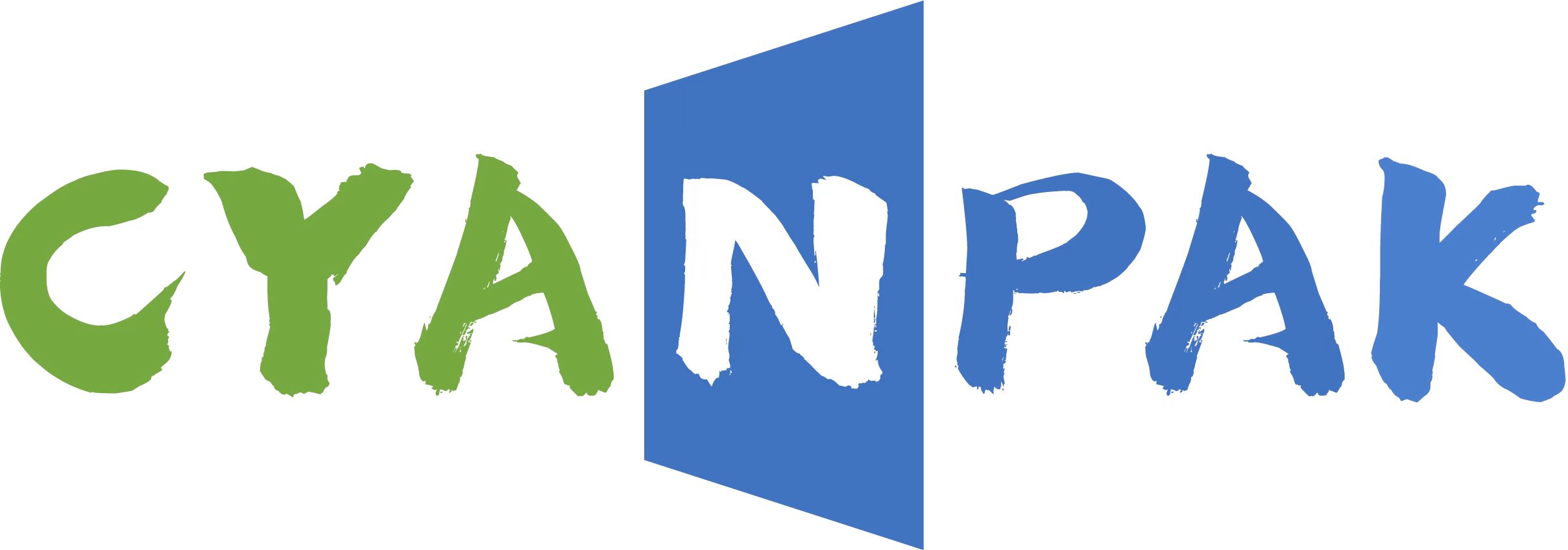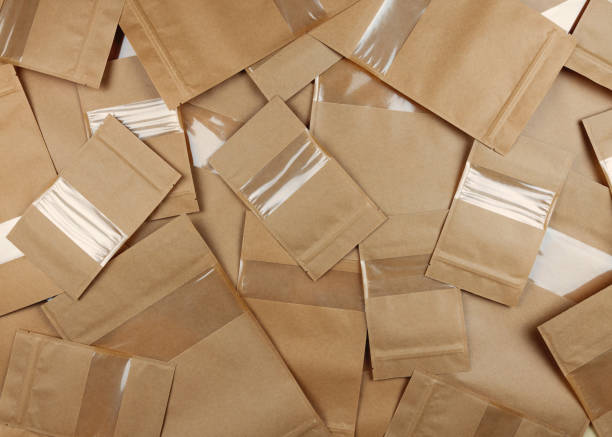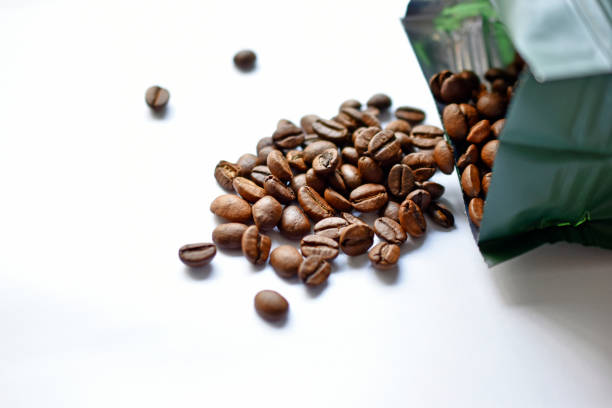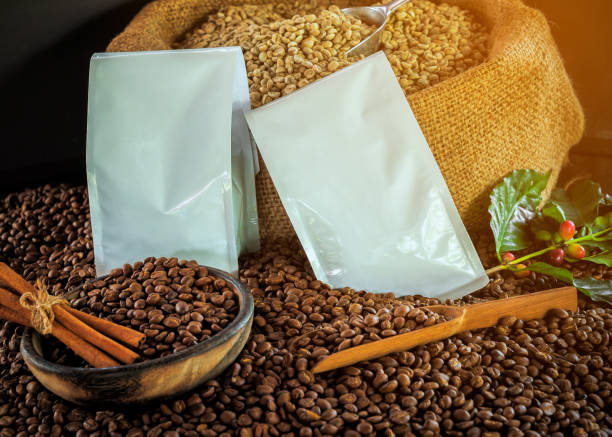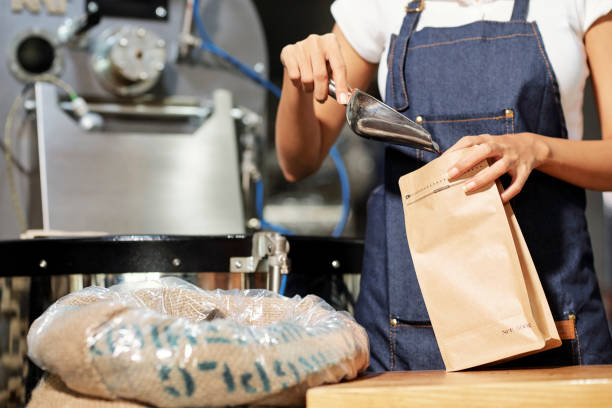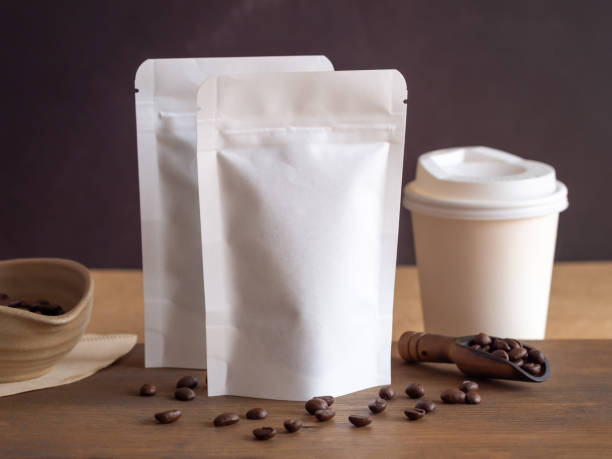Bioplastics are made of bio-based polymers and are produced utilizing sustainable and renewable resources, such as corn or sugar cane.
Bioplastics operate nearly equally to plastics made from petroleum, and they are quickly overtaking them in popularity as a packaging material. A notable prediction from scientists is that bioplastics might cut carbon dioxide emissions by as much as 70%. They are also 65% more energy efficient when being manufactured, making them the more ecologically responsible option.
Although there are many other kinds of bioplastics, polylactic acid (PLA)-based packaging is the most often utilized variety. For roasters seeking for a beautiful yet environmentally responsible material to package their coffee, PLA has immense possibilities.
However, because PLA coffee bags are only recyclable and biodegradable under specific conditions, they are vulnerable to greenwashing. Roasters and coffee cafes must inform customers about the nature of PLA packaging and proper disposal as regulation catches up to the fast growing bioplastics sector.
Continue reading to learn how to communicate to customers how long it takes for PLA coffee bags to disintegrate.
What exactly is PLA?
The synthetic fiber business was revolutionized by Wallace Carothers, an American scientist and inventor, who is best known for developing nylon and polyethylene terephthalate (PET).
In addition, he found PLA. Carothers and other scientists found that pure lactic acid could be transformed and synthesized into polymers.
Traditional food preservatives, flavorings, and curing agents include lactic acid. By fermenting it with starch and other polysaccharides or sugars abundant in plants, it can be converted into polymers.
The resultant polymer might be used to create non-toxic, biodegradable thermoplastic filaments.
Its mechanical and thermal resistances are nonetheless limited. As a result, it lost out to polyethylene terephthalate, which was more widely available at the time.
Despite this, PLA might be employed in biomedicine due to its low weight and biocompatibility, most notably as a tissue engineering scaffold material, sutures, or screws.
These substances can stay in place for a while before degrading spontaneously and without damage thanks to PLA.
Over time, it was found that combining PLA with certain starches might enhance its performance and biodegradability while reducing production costs. This contributed to the creation of a PLA film that could be utilized to manufacture flexible packaging when combined with injection molding and other melt processing techniques.
Researchers anticipate that PLA will become more reasonably priced to produce, which is good news for coffee cafes and roasters.
As demand for flexible packaging rises due to customers’ choice for environmentally friendly and recyclable packaging materials, the worldwide PLA market is expected to surpass $2.7 million by 2030.
Additionally, PLA may be made from agricultural and forestry waste to avoid competing with food sources.
How long does it take for PLA coffee bags to decompose?
Traditional polymers made from petroleum can take up to a thousand years to decompose.
Alternately, the breakdown of PLA into carbon dioxide (CO2) and water might take anywhere from six months to two years.
Despite this, PLA collecting facilities are still adjusting to the growing bioplastics business. Only 16% of potential garbage is now being collected in the European Union.
Due to the prevalence of PLA packaging, it is possible for it to contaminate various waste streams, mix with conventional plastics, and end up in landfills or incinerators.
Coffee bags made of PLA must be disposed of at a specialized industrial composting facility where they may entirely decompose. Thanks to a certain set of exact temperatures and amounts of carbon, oxygen, and nitrogen, this process can take up to 180 days.
If PLA packaging doesn’t degrade under these circumstances, the process might produce microplastics, which are bad for the environment.
Because coffee packaging is rarely constructed from a single material, the procedure becomes more difficult. For instance, the majority of coffee bags include zippers, tin ties, or degassing valves.
It could also be lined to provide an additional layer of barrier defense. Due to the possibility that each component needs to be processed separately, factors like these might make PLA coffee bags difficult to dispose of.
Making use of PLA coffee bags
For many roasters, using PLA to package coffee is a practical and ecologically friendly option.
One significant benefit is that both ground and roasted coffee are dry products. This implies that after usage, PLA coffee bags are free of contaminants and do not need to be cleaned.
Customers may also assist roasters and coffee shops guarantee that PLA packaging does not wind up in landfills. Customers must understand which recycling bin PLA coffee bags must be placed in after usage. This may be accomplished by putting instructions for separation and recycling on coffee packaging.
If no PLA collection and processing facilities are available in the area, roasters and coffee cafes might encourage consumers to return their empty packaging in exchange for a cheaper coffee.
Then, company managers may guarantee that empty PLA coffee bags are sent to the proper recycling site.
PLA packaging disposal may become easier in the near future. Notably, 175 nations pledged to stop plastic pollution at the United Nations Environment Assembly in 2022.
As a result, in the future, more governments may invest in the infrastructure needed to process bioplastics.
The movement toward adopting bioplastics is gaining momentum as plastic waste continues to devastate the environment and affect both human and animal health.
By collaborating with a coffee packaging expert, you can use eco-friendly packaging that genuinely has an impact and doesn’t cause new issues for anybody.
Cyan Pak sells a variety of coffee bags that may be customized with a PLA inner. When combined with kraft paper, it creates a completely biodegradable choice for clients.
Our packaging also contains recyclable, biodegradable, and compostable materials like rice paper, which are all manufactured from renewable elements.
Furthermore, we may utilize digital printing to personalize coffee bags with separation and recycling instructions. We can provide low minimum order quantities (MOQs) for packaging of any size or material.
Degassing valves that are completely recyclable and devoid of BPA are also available; they may be recycled with the rest of the coffee container. These valves not only make a product that is user-friendly for consumers but also lessen the harmful effects of coffee packaging on the environment.
Post time: Apr-19-2023
